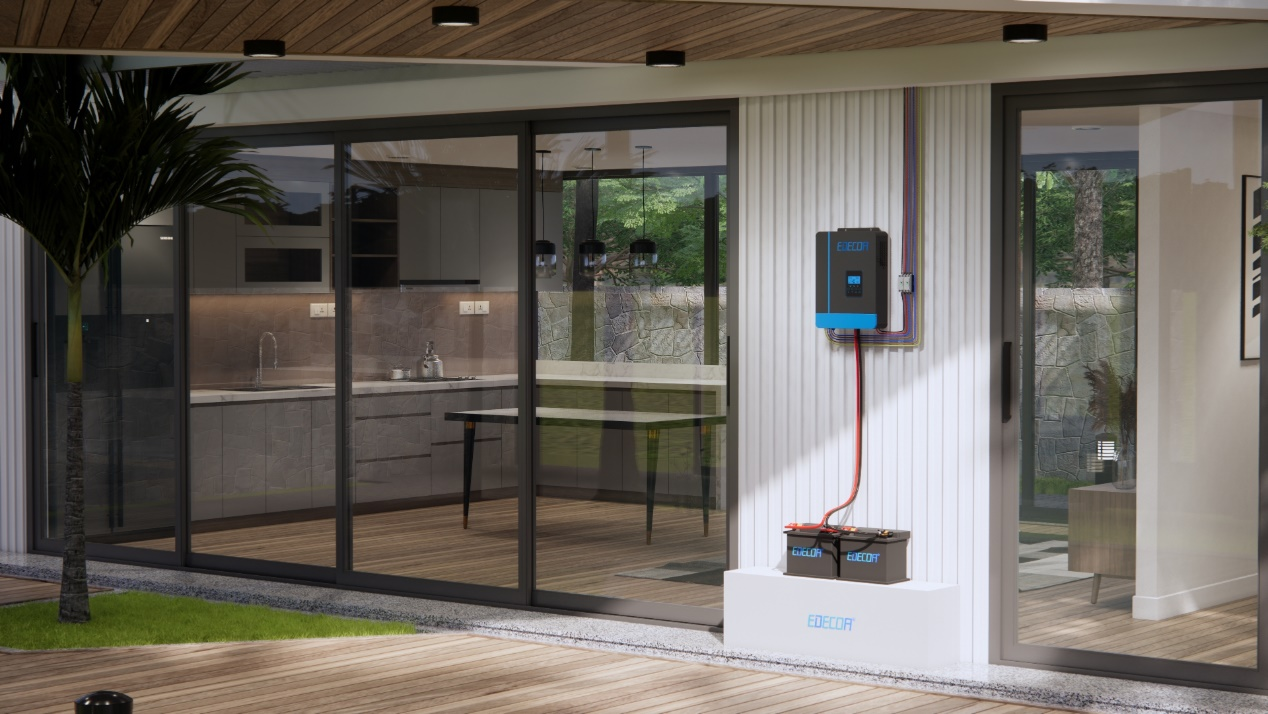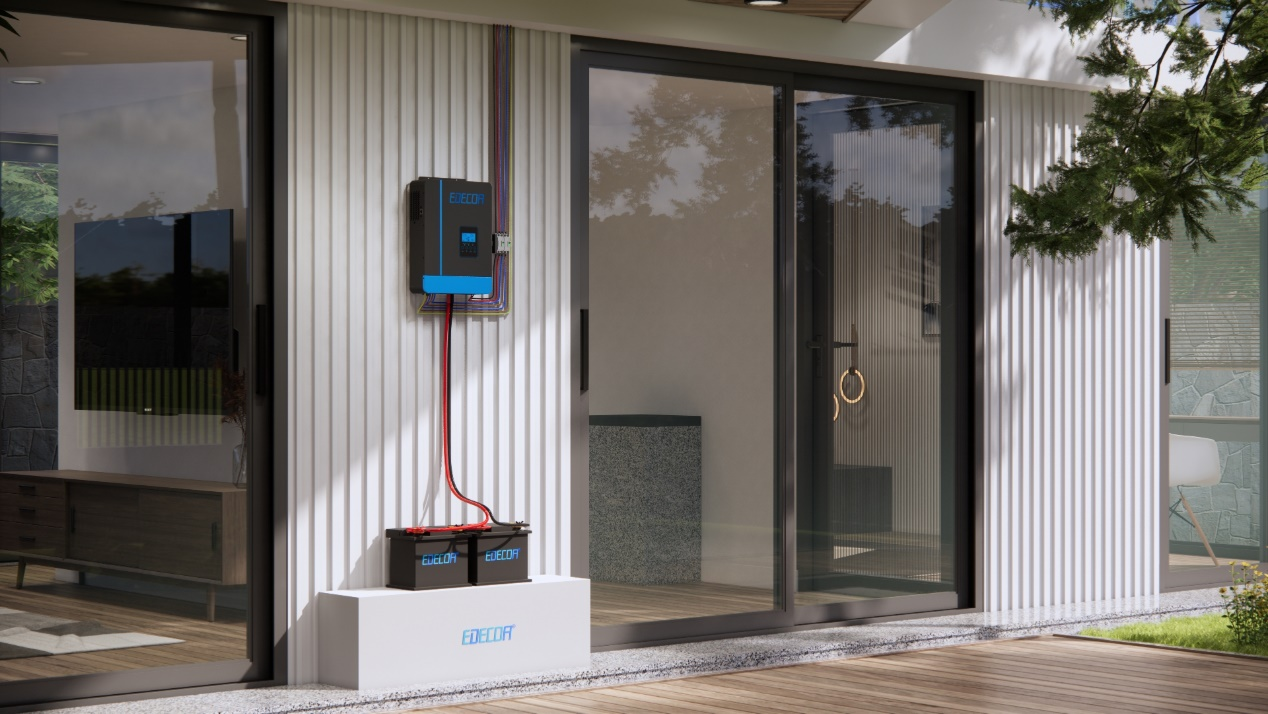EDECOA
Powes up all you need
Solar Panels: Daily Electricity Generation in Practice
Solar panels are devices that directly convert sunlight into electricity. They play an increasingly important role in our daily lives, but how much electricity can they actually generate each day? Let's delve into the actual daily electricity generation of solar panels.
What is Kilowatt-hour (kWh)?
Before understanding the daily electricity generation of solar panels, we need to understand the term "kilowatt-hour" (kWh). A kilowatt-hour represents the energy produced when a 1-kilowatt power source operates for one hour. It is commonly used to measure electrical consumption or production. For example, a typical hairdryer uses about 1 kilowatt-hour of energy per hour, meaning if you use it for an hour, you consume 1 kilowatt-hour of electricity.

How to Calculate Daily Electricity Generation of Solar Panels?
The amount of electricity generated by solar panels depends on multiple factors, including sunlight exposure time, panel efficiency, tilt angle, cleanliness, and shading. We can better understand this concept through specific examples.
Electricity Generation of Residential Solar Panels
Imagine you have installed a solar panel with a rated capacity of 300 watts (0.3 kilowatts) at your home. If your residence receives about 5 hours of sunlight each day, and the panel is exposed to sunlight throughout the day, we can estimate as follows:
Consider solar radiation: Average solar radiation for 5 hours.
Calculate electricity generation: Electricity = Power × Time = 0.3 kW × 5 hours = 1.5 kWh.
This means that under these assumptions, this solar panel can generate approximately 1.5 kWh of electricity per day, equivalent to the electricity consumed by a 1500W air conditioner running for 1 hour.

Conclusion
The amount of kilowatt-hours generated by solar panels each day depends on several factors and requires specific calculations based on individual circumstances. The above example presents a simplified calculation process; actual scenarios may be more complex. However, by understanding the working principles of solar panels and the associated calculation methods, we can better comprehend and utilize solar energy resources, providing reference and assistance for the widespread adoption of renewable energy.
Post time: 01-27-2024